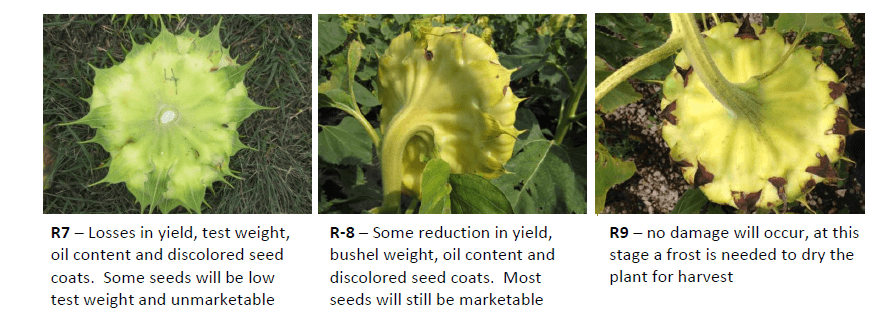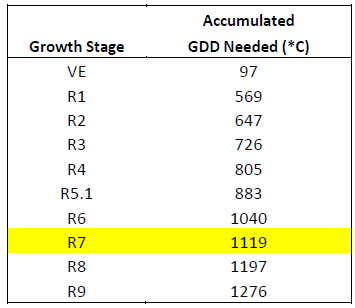CWRC commits over $22.6 million to AAFC wheat breeding activities
FOR IMMEDIATE RELEASE
October 19, 2020 (Calgary, Saskatoon, Carman) – The Canadian Wheat Research Coalition (CWRC), a collaboration of the Alberta Wheat Commission, Saskatchewan Wheat Development Commission, and Manitoba Crop Alliance, has committed more than $22.6 million over five years to a core breeding agreement with Agriculture and Agri-Food Canada (AAFC) for the development of wheat varieties. The agreement ensures that farmers will benefit from new premium wheat varieties and associated genetics from AAFC’s breeding program for many years to come.
The CWRC assumed responsibility for producer funding of wheat varietal development from the Western Grains Research Foundation, which includes working with AAFC to provide the capacity needed to deliver improved genetics and profitability to producers. The $22.6 million commitment of producer funding is an increase of $2.6 million over the previous agreement. The funding will provide further support for plant breeders, technicians, and specialists who are working to deliver field-ready wheat varieties to western Canadian farmers.
“The activities being conducted by Canadian researchers and wheat breeders such as those at AAFC have led to major innovations over the past few decades, including the development of several new wheat varieties with improved genetics and more desirable traits,” said Fred Greig, CWRC board chair and a director with the Manitoba Crop Alliance. “Building on the work funded by farmers through organizations such as the Western Grains Research Foundation, this investment will ensure Canadian farmers benefit from new wheat varieties that improve and enhance the competitiveness of their farming operations while maintaining Canada’s reputation for providing quality wheat for markets around the globe.”
This agreement will contribute to the development of wheat cultivars that provide farmers with greater yield potential, resistance to priority diseases such as fusarium head blight, rusts, and common bunt, and resistance to pests such as the orange wheat blossom midge and wheat stem sawfly. AAFC will be concentrating on the development of wheat varieties in the Canadian Western Red Spring, Canadian Western Amber Durum, Canadian Prairie Spring Red, Canada Western Soft White Spring, and Canada Western Red Winter classes.
CWRC core breeding agreements are funded proportionally by province based on the previous year’s production with 53 per cent coming from Saskatchewan, 32 per cent from Alberta, and 15 per cent from Manitoba based on the 2018-19 production year.
Quotes
“The research and plant breeding conducted by AAFC over the past few decades brought needed innovation and economic benefits to Canadian grain farmers. Farmer funding committed by Sask Wheat and our fellow commissions in Alberta and Manitoba through the core breeding agreement will help support AAFC’s ability to bolster their technology and attract and retain top researchers and breeders. Public wheat breeding is crucial to Canada’s agriculture sector and the wheat varieties AAFC has produced are a tremendous return to the farmer investment in this program.” – Brett Halstead, Saskatchewan Wheat Development Commission Chair
“Manitoba Crop Alliance is proud to be a part of this collaborative initiative with our sister organizations in Alberta and Saskatchewan. This is an investment that will benefit our western Canadian wheat producers by providing them with competitive new varieties.” – Fred Greig, Manitoba Crop Alliance Chair
“This is an exciting and historic investment by Prairie wheat farmers. Investing collaboratively in this core breeding agreement ensures that farmers will continue to have access to wheat varieties with desirable traits, higher yields and strong disease packages, further enhancing our long-term profitability.” – Todd Hames, Alberta Wheat Commission Chair
For more information, contact:
Erin Tateson
Interim Communications Manager
Alberta Wheat Commission
403-219-7902
etateson@albertawheatbarley.com
Dallas Carpenter
Communications Manager
Saskatchewan Wheat Development Commission
306-801-2643
dallas.carpenter@saskwheat.ca
Pam de Rocquigny
Chief Executive Officer
Manitoba Crop Alliance
204-745-6661
pam@mbcropalliance.ca












